Growing up between Tehran and Vancouver, Dara has developed a portfolio of work across visual communications, sound design, architectural design and now focusing on the interior. Throughout recent years, Dara's work has focused on questioning the correlation between the sensory and our environments, and how this relationship can inform the type of spaces we shape as designers.
His recent work, as part of the Interior Futures platform, focuses on exploring this relationship through a human-centric lens with the aim of transforming a mono purpose building into a community building that enhances the daily lives of its inhabitants by nature.
Dara's ambition as a designer is to continue to design spatial experiences and interventions in a multi-disciplinary setting, which place emphasis on the human condition while creating a better sense of well-being.

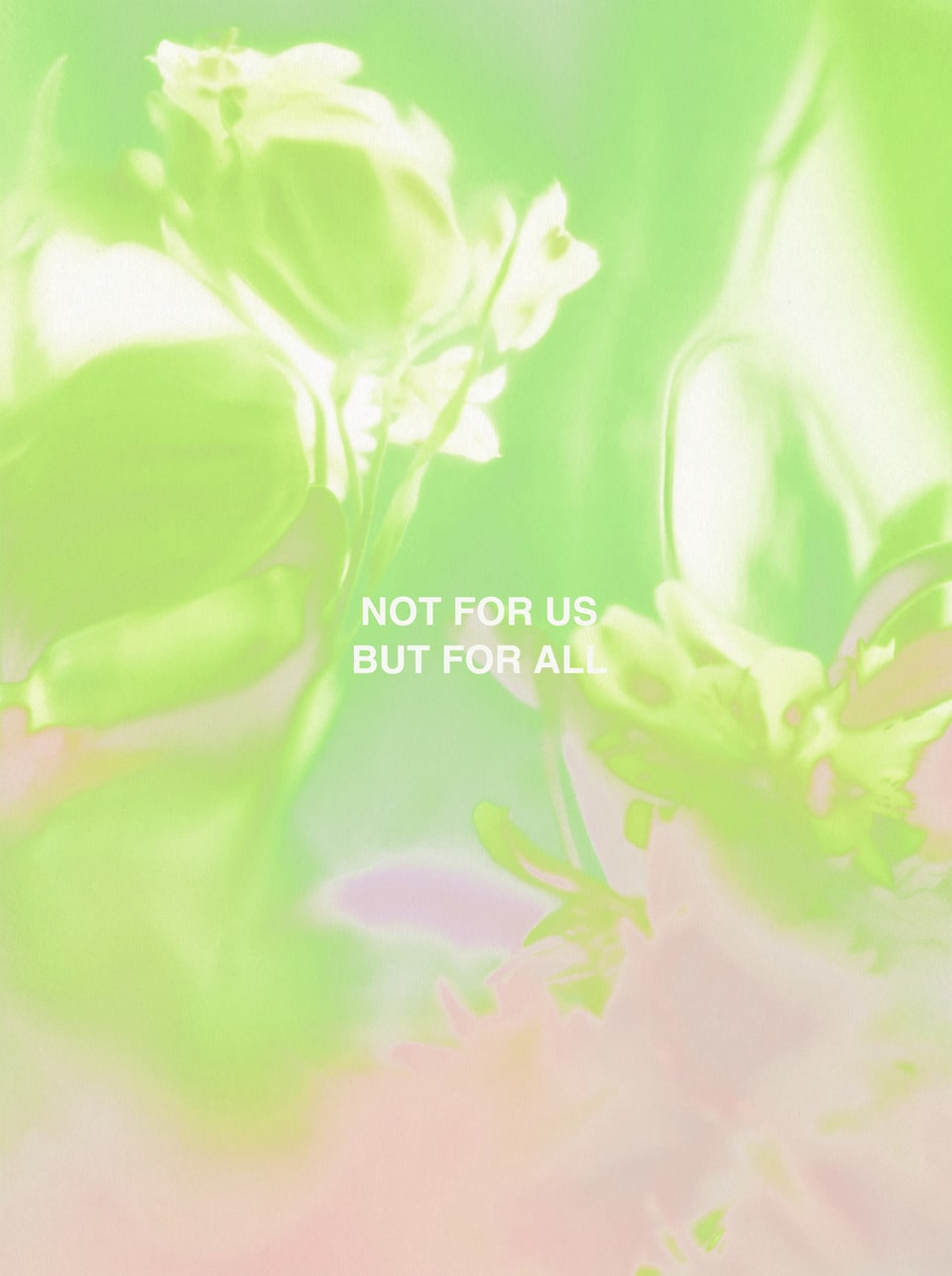



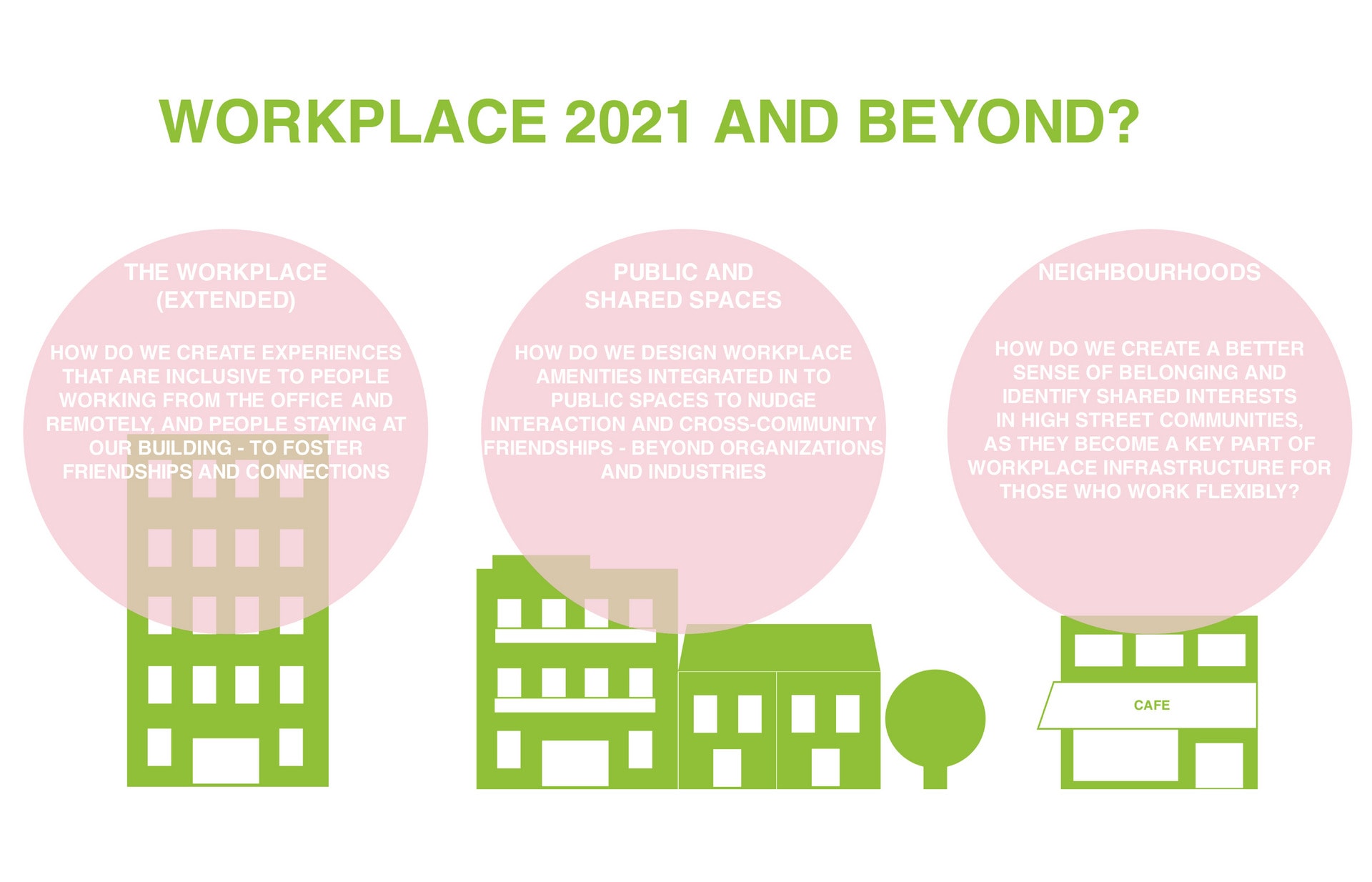

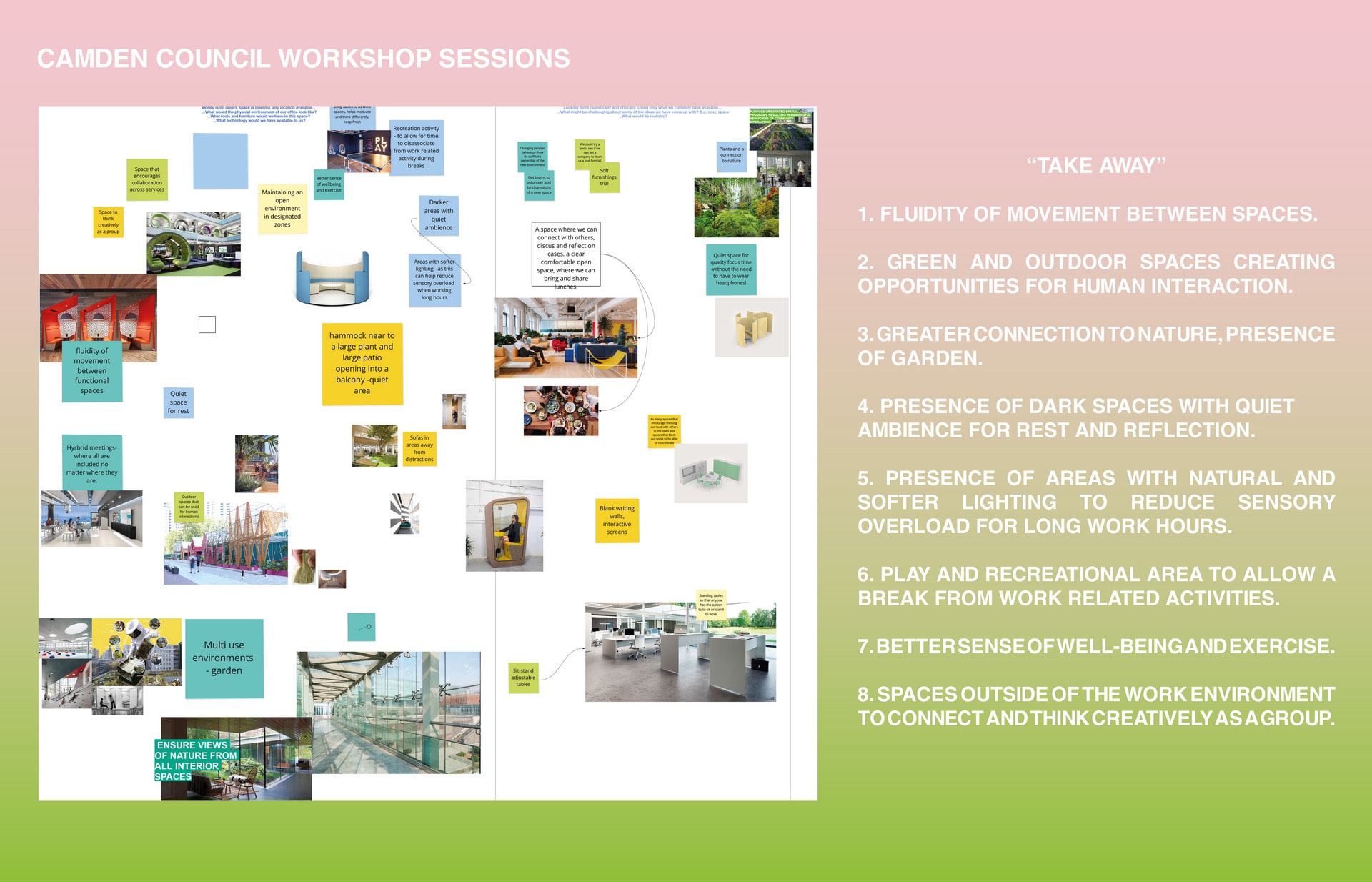

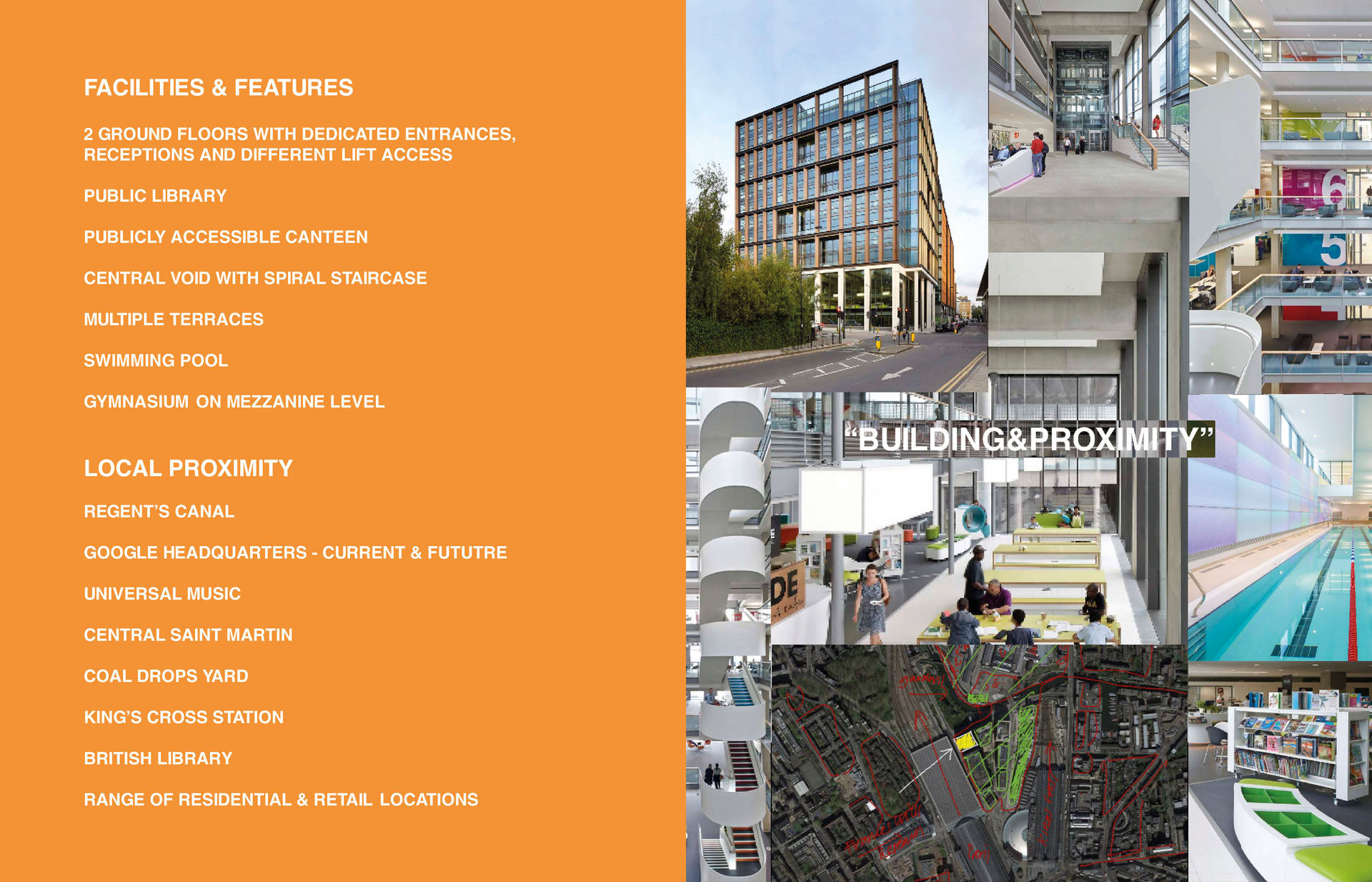





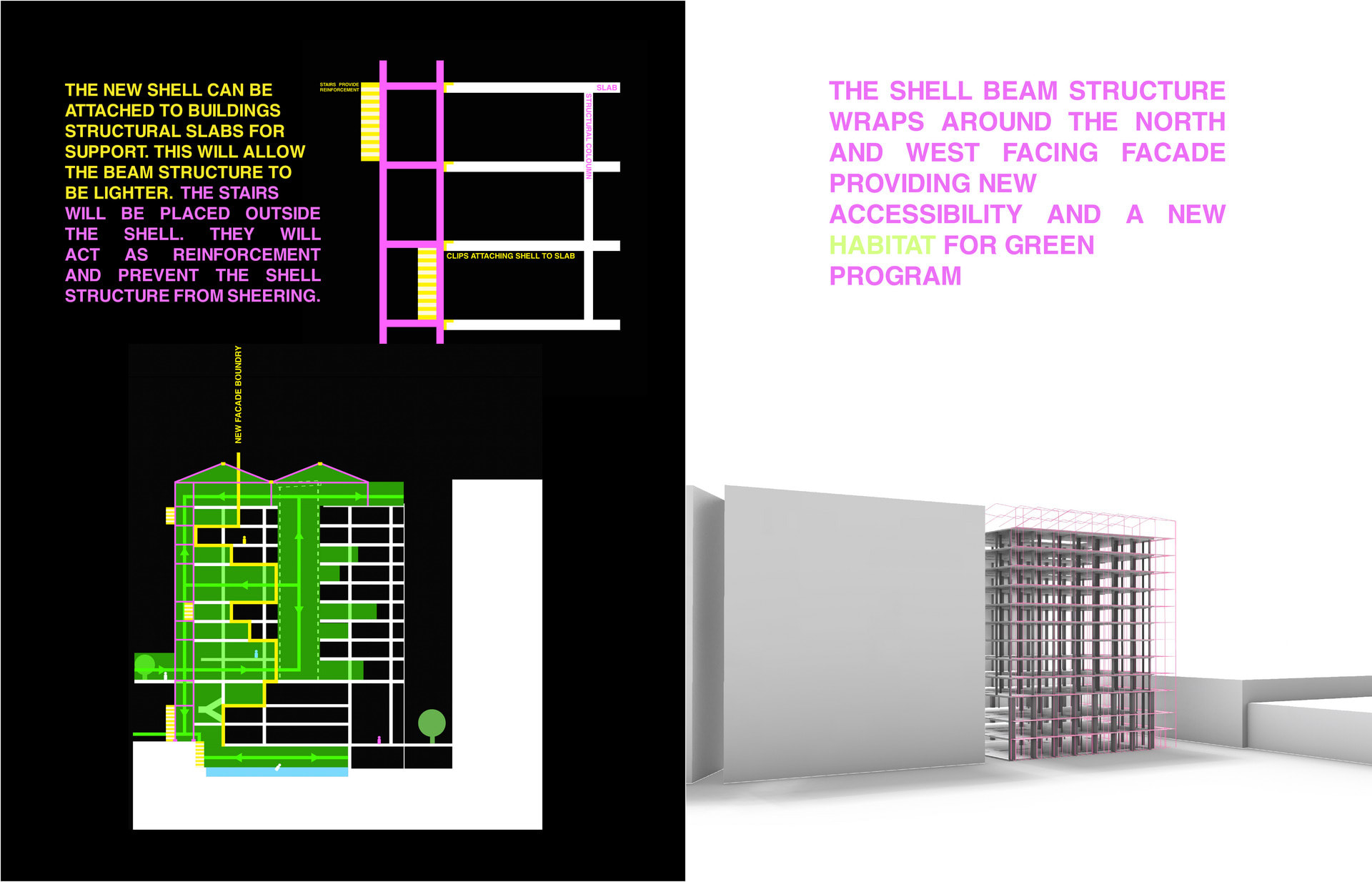


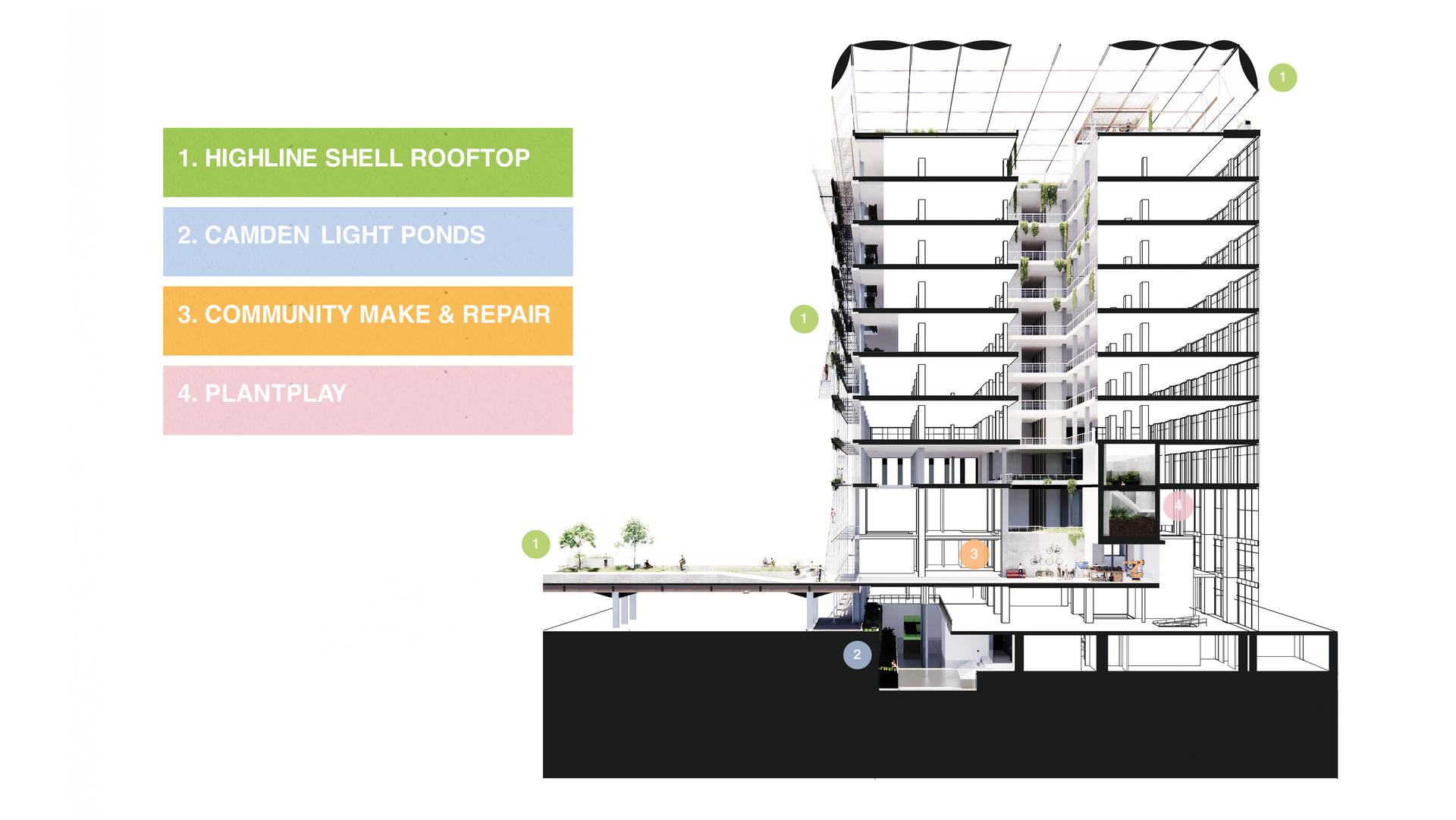


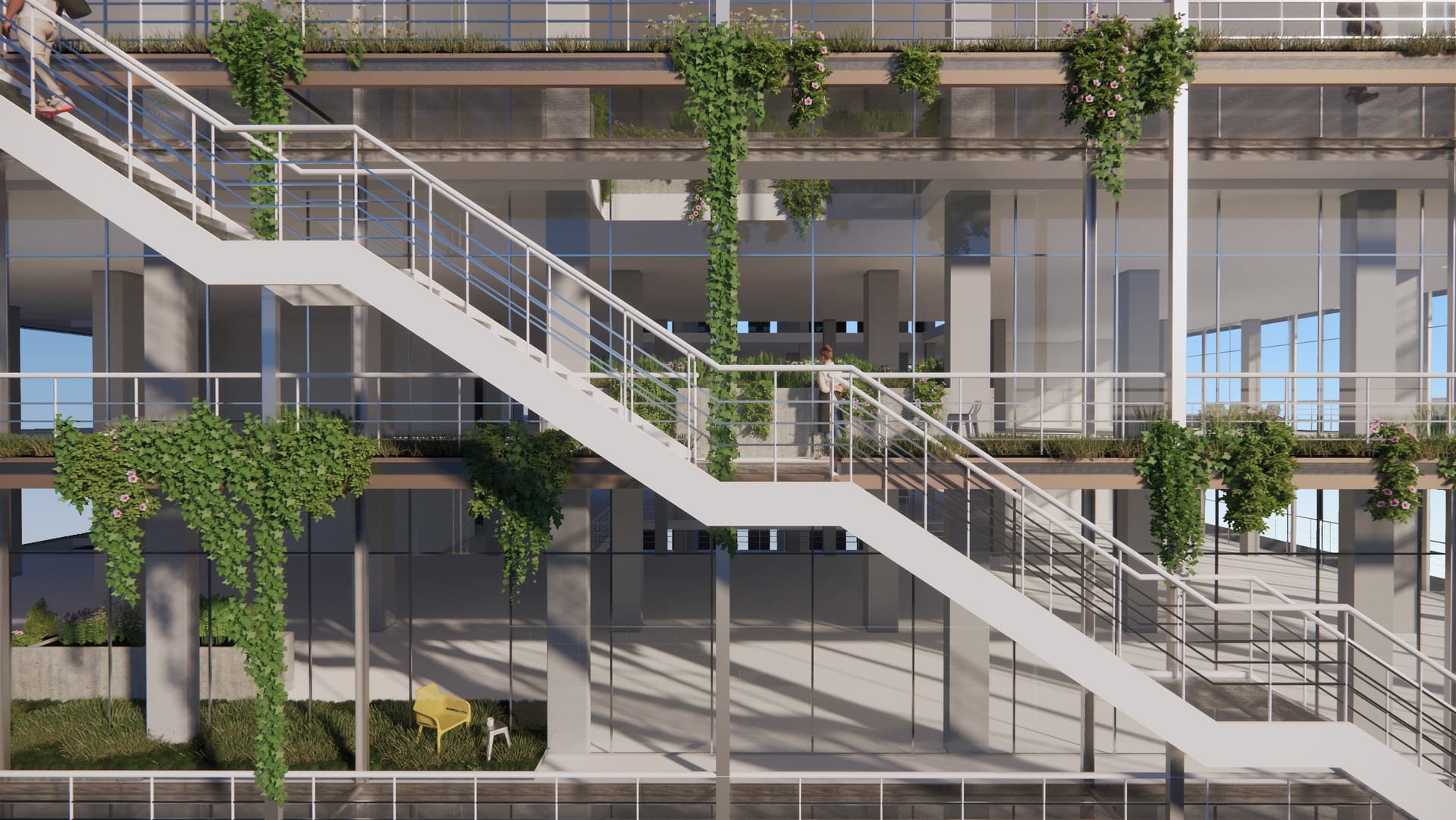






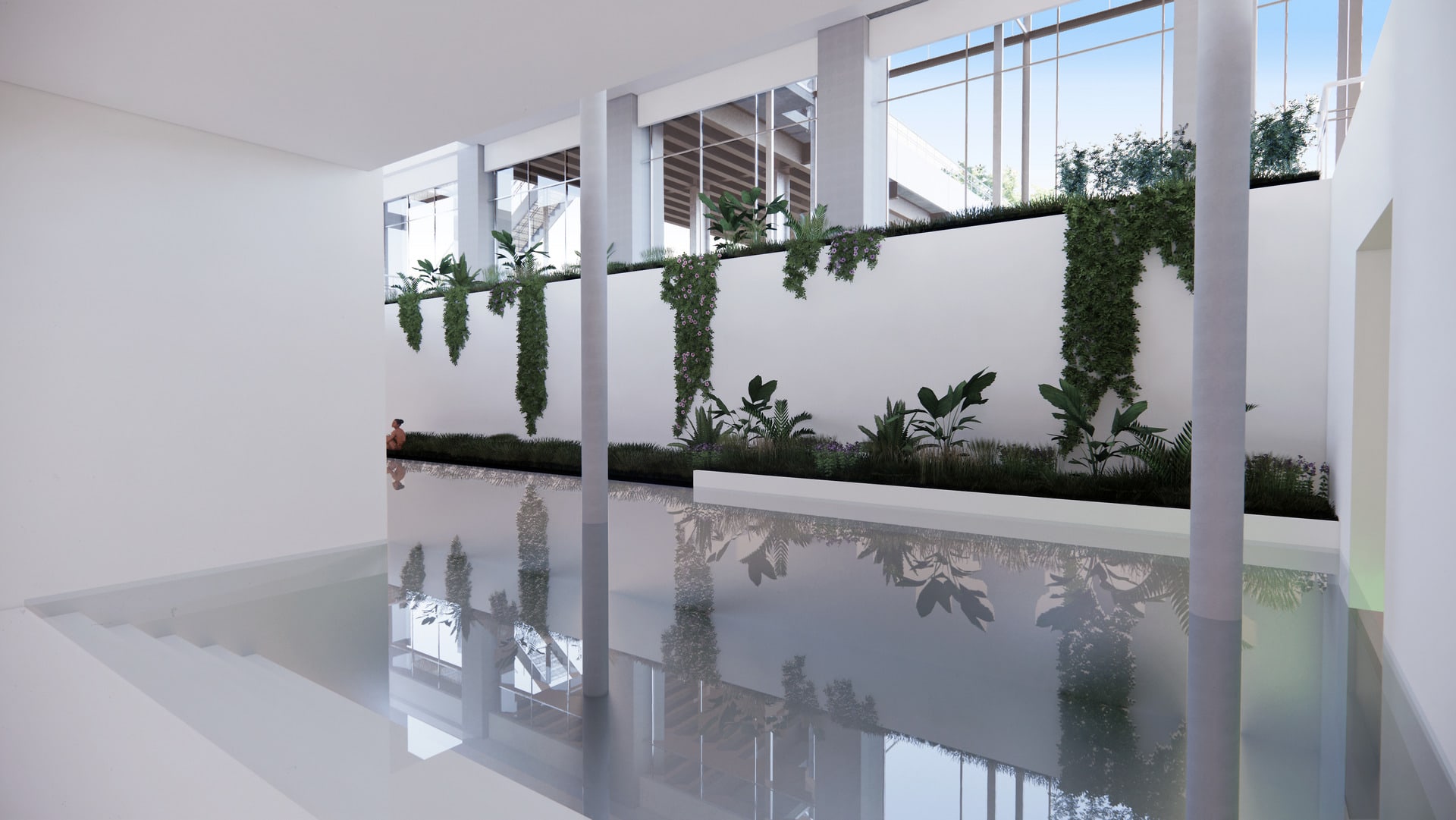

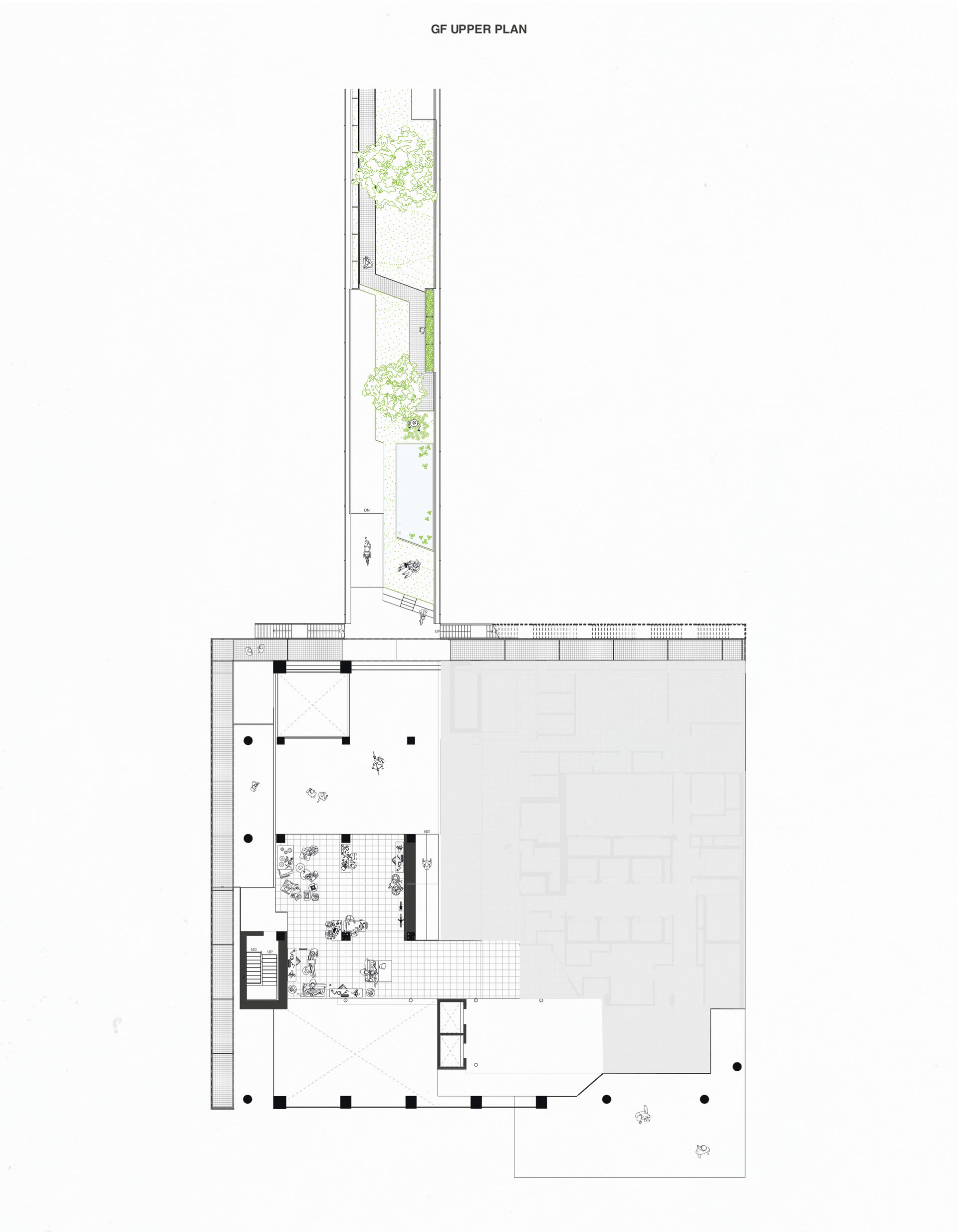




![[untitled]](https://res.cloudinary.com/rca2020/image/upload/f_auto,h_1234,w_1920,c_fill,g_auto,q_auto/v1/rca2021/60d4fbe072223f83de25227f-941210?_a=AXAH4S10)
![[untitled]](https://res.cloudinary.com/rca2020/image/upload/f_auto,h_1234,w_1920,c_fill,g_auto,q_auto/v1/rca2021/60d4fbe072223f83de25227f-23604?_a=AXAH4S10)
![[untitled]](https://res.cloudinary.com/rca2020/image/upload/f_auto,h_1234,w_1920,c_fill,g_auto,q_auto/v1/rca2021/60d4fbe072223f83de25227f-106633?_a=AXAH4S10)
![[untitled]](https://res.cloudinary.com/rca2020/image/upload/f_auto,h_1234,w_1920,c_fill,g_auto,q_auto/v1/rca2021/60d4fbe072223f83de25227f-175792?_a=AXAH4S10)
![[untitled]](https://res.cloudinary.com/rca2020/image/upload/f_auto,h_1234,w_1920,c_fill,g_auto,q_auto/v1/rca2021/60d4fbe072223f83de25227f-276526?_a=AXAH4S10)
![[untitled]](https://res.cloudinary.com/rca2020/image/upload/f_auto,h_1234,w_1920,c_fill,g_auto,q_auto/v1/rca2021/60d4fbe072223f83de25227f-357065?_a=AXAH4S10)
![[untitled]](https://res.cloudinary.com/rca2020/image/upload/f_auto,h_1234,w_1920,c_fill,g_auto,q_auto/v1/rca2021/60d4fbe072223f83de25227f-435520?_a=AXAH4S10)
![[untitled]](https://res.cloudinary.com/rca2020/image/upload/f_auto,h_1234,w_1920,c_fill,g_auto,q_auto/v1/rca2021/60d4fbe072223f83de25227f-594076?_a=AXAH4S10)